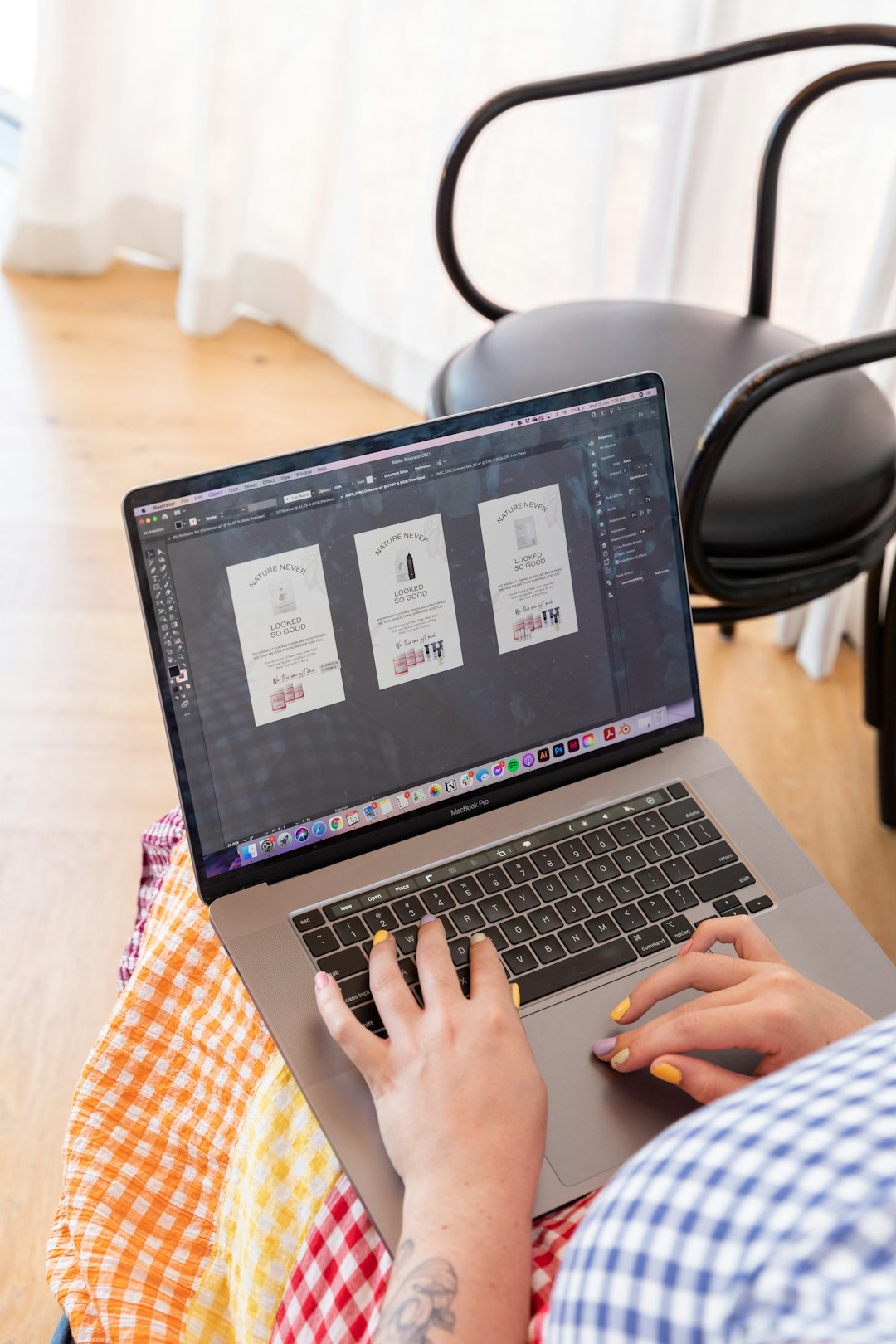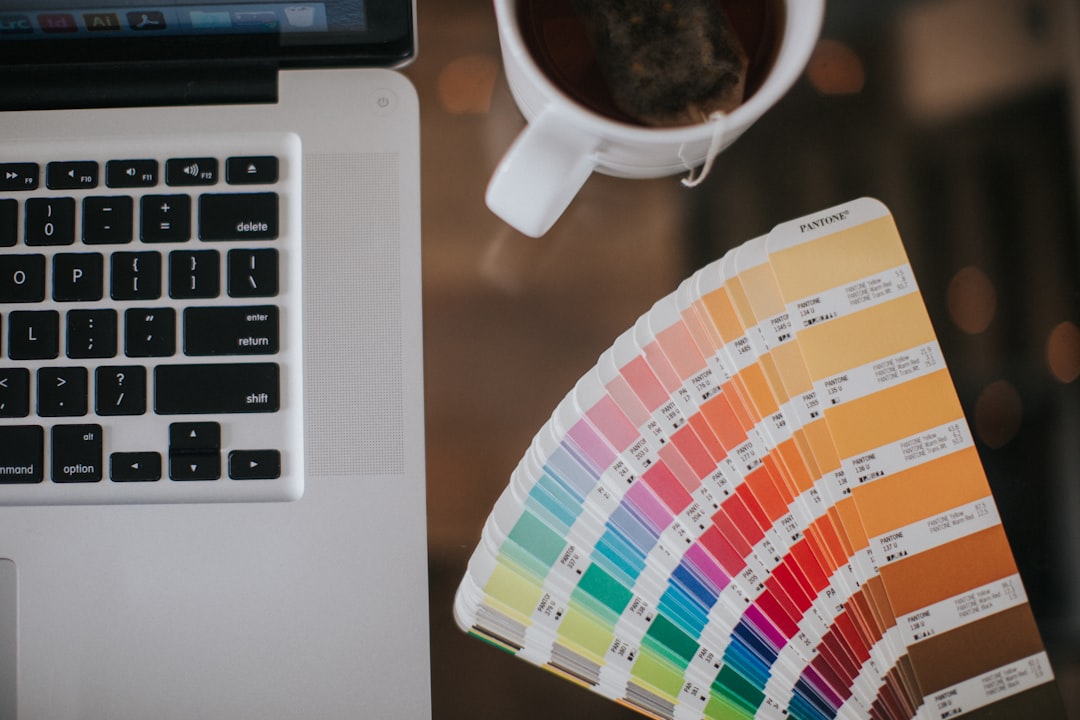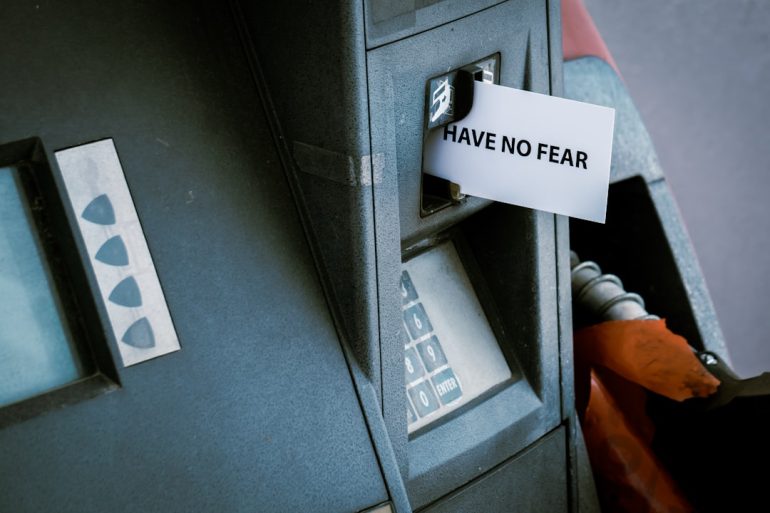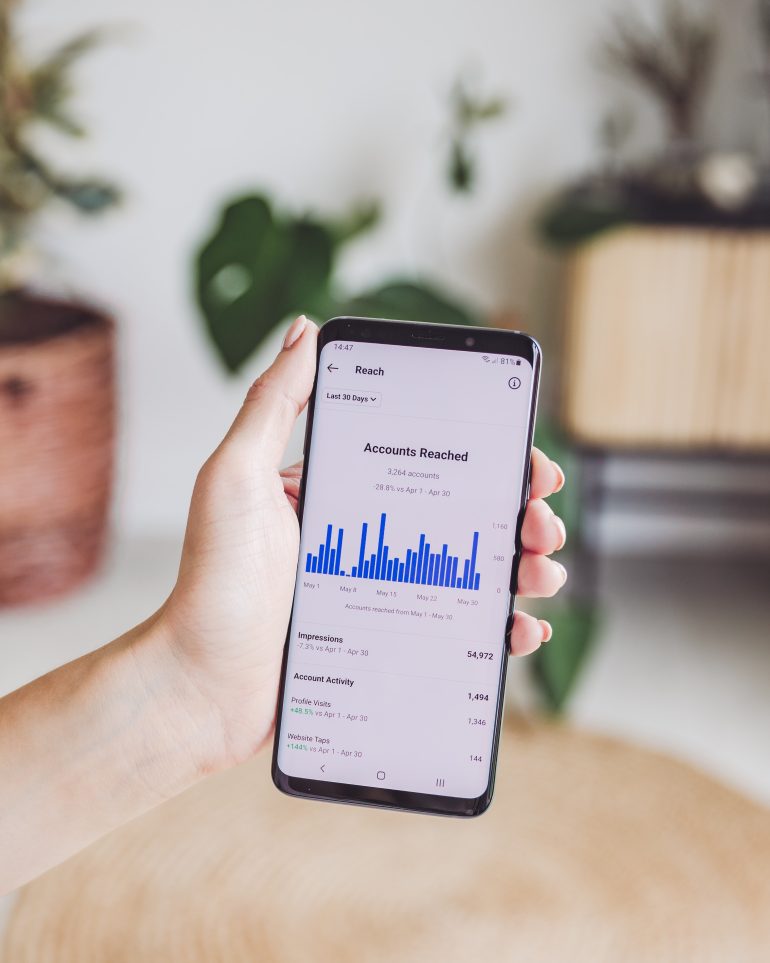How To Create a Logo and Matching Email Signature Fast
In an age where first impressions matter more than ever, having a professional logo and a matching email signature can go a long way in establishing credibility and aiding brand recognition. Whether you’re a freelancer, a small business owner, or building a startup, creating a cohesive visual identity quickly and efficiently is essential.
TLDR
Table of Contents
To create a logo and matching email signature fast, use reliable design platforms like Canva or Looka for the logo, and tools like HubSpot or WiseStamp for the signature. Keep your designs clean, branded, and consistent. Don’t overcomplicate things—stick to your visual identity and brand message. A cohesive logo and email signature instantly elevate your professional image and build trust.
1. Understand Your Brand Identity
Before diving into design platforms, it’s crucial to have a basic understanding of your brand. Ask yourself:
- What is your brand’s mission?
- What are your brand values?
- Who is your target audience?
- What tone or personality should your brand convey?
These questions will help guide your design decisions and ensure consistency across all your branding assets. A bold, energetic brand might require bright colors and dynamic typography, while a more professional or conservative brand may opt for neutral tones and traditional fonts.
2. Choose the Right Tools
Thanks to modern technology, creating a logo and email signature can be done quickly using online tools. Below are recommended platforms for each task:
For Logo Design:
- Canva: Offers free templates and easy drag-and-drop functionality
- Looka: AI-powered logo creator for fast, professional designs
- Hatchful by Shopify: Simple, fast, and free brand generator
- Wix Logo Maker: Good for customized logos with ease
For Email Signatures:
- WiseStamp: Professional and well-designed signature templates
- HubSpot Email Signature Generator: Free, easy-to-use, and brandable
- MySignature: Offers HTML-compatible designs for multiple email clients
3. Designing a Professional Logo
Your logo is often the first representation of your brand. The key is to keep it simple, recognizable, and scalable. Follow these steps to create your logo quickly but thoughtfully:
Step 1: Select a Template
Start by choosing a design template that resonates with your industry and brand personality. Services like Looka and Canva offer categorized templates by business type (e.g., tech, fashion, health).
Step 2: Customize Your Color Palette
Choose colors that represent your brand tone. For example:
- Blue: Stability and professionalism
- Green: Growth and wellness
- Red: Energy and passion
- Black or Grey: Sophistication and neutrality
Step 3: Select the Right Font
Typography plays a critical role in how your brand is perceived. Serif fonts suggest tradition and legitimacy, while sans-serif fonts are modern and clean.
Step 4: Add an Icon or Symbol
Icons can solidify your brand identity. Choose symbols that reflect your service or values. Avoid overly detailed icons that may not scale well.
Once satisfied, export your logo in multiple formats (JPEG, PNG, SVG), making sure to include a transparent background version.

4. Designing a Matching Email Signature
Your email signature complements your logo and should share the same visual identity. It can serve as a digital business card that travels with every email you send.
Step 1: Include the Essentials
Your signature should have:
- Your full name
- Job title and company name
- Contact information (phone, email, website)
- Logo image that aligns with the one you created
- Social media icons (optional, but recommended)
Step 2: Keep it Clean and Professional
Less is more in email signatures. Use no more than two font styles, stick to your brand color palette, and keep spacing consistent. A cluttered signature can confuse the reader and make you seem unprofessional.
Step 3: Test for Compatibility
Different email clients (Outlook, Gmail, Apple Mail) render signatures differently. Use an HTML-compatible email signature builder and test how it looks across multiple platforms before finalizing.
Step 4: Add a CTA or Legal Disclaimer
Consider including a simple call-to-action like “Book a Consultation” or “View Our Portfolio,” linked to your website. Also, if your industry requires it, include a brief legal disclaimer about confidentiality or data usage.
Image not found in postmeta
5. Tips for Consistency and Branding
Your logo and email signature are foundational pieces of your brand. Keep these tips in mind to maintain a consistent and trustworthy appearance:
- Save branding guidelines: Document your color codes, fonts, and logo usage rules
- Avoid frequent changes: Keep your assets consistent to build recognition
- Use templates across platforms: Apply the same design aesthetics in social media, presentations, and websites
6. Mistakes to Avoid
Even the fastest logo and signature creation should not sacrifice quality. Here are mistakes to steer clear of:
- Overcomplicating designs: Simplicity wins in both logos and signatures
- Mixing too many colors and fonts: One or two of each is enough
- Adding unverified or excessive information: Only include what’s necessary
- Using unlicensed design assets: Ensure every image or font you use is properly licensed or free to use
7. When to Hire a Professional
If your brand is entering a competitive market or if you foresee long-term usage of these visual assets, consider hiring a professional graphic designer. While DIY tools are fast and accessible, a specialist can add nuance and long-term consistency to your branding that template tools might miss.
This is especially important if you’re planning a broader visual strategy involving packaging, multiple platforms, or needing scalable vector graphics for various media formats.
8. Final Thoughts
Creating a logo and matching email signature does not need to be a lengthy ordeal. By leveraging modern tools and having a clear understanding of your brand identity, you can put together professional assets in a matter of hours—sometimes even minutes.
Just remember the pillars of good design: clarity, consistency, and cohesion. A well-crafted logo and signature can project trust, professionalism, and brand confidence—sometimes all before a customer even reads your message.
Invest a little time now to ensure you’re always making the right impression later.







